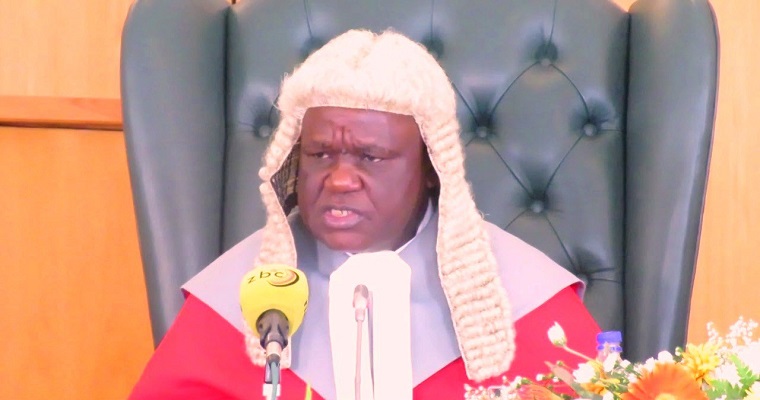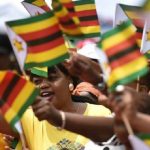The electoral law protects the voter and the candidate in the process involved. This is from the delivery of the ballot papers to the polling station, to the collection of the results, right down to the sealing of the ballot boxes at the end of the election.
The applicant was at large therefore to extend his polling agents or to send his polling agents to each and every polling station around the country. Observers were also free to participate in the process.
The applicant’s agents observed the voters arriving, being given the ballot papers as applicants for these papers before the presiding officers, going on to vote in secrecy in the booths and having the votes counted in their presence if they were there.
At the end of the counting, all agents in terms of the law who are present are required to sign if they so wish the V11 forms, copies of which are then given to them.Thus, if the applicant had placed before the court the V11 forms from all the stations that he had a right to have his agents present, a simple analysis of these V11 forms against the V11 forms in the ballot boxes which would have been unsealed would easily have done the following:a) It would have disposed of any questions regarding the numbers of votes for any given polling station or constituency. b) It would have addressed any question of over voting. c) It would have debunked allegations of over voting or upsurges of voters after a particular time, for instance what is alleged to have happened in Mashonaland Central.d)
It would have addressed the issues of differences in voting patterns and numbers of votes for parliamentary and presidential elections.e) It would also have addressed issues of improbability of similar and identical results at polling stations.f) It would have addressed questions regarding the accuracy of the result and data provided by the commission.
In essence, the entire challenge to the figures would have been easily resolved and if there was any irregularity, it would have been easily detectable.
When pressed why that evidence was not adduced, the applicant’s practitioner gave a bold and unsubstantiated allegation that the ballot was tampered with.It was argued by the applicant’s counsel that the ballots were a poisoned chalice. In other words, by the time you would have sought to have them unsealed, they would already have been manipulated.
That was the argument. This exercise therefore according to this argument, it was argued would have been futile. However, this position faces the following counters:The Zimbabwe Electoral Commission contends that the prescribed procedures were complied with. Logic therefore dictates that if the applicant and his agents or any other political candidate whose agent had the forms, had the V11 forms in their custody, they could easily have compared them against the residue and further compared them against the result declared. Even assuming that the applicant did not have agents at every polling station, a sample of constituencies could have been used so that the same constituencies where the applicant now disputes the figures would have been compared.
Continued next page
(860 VIEWS)


